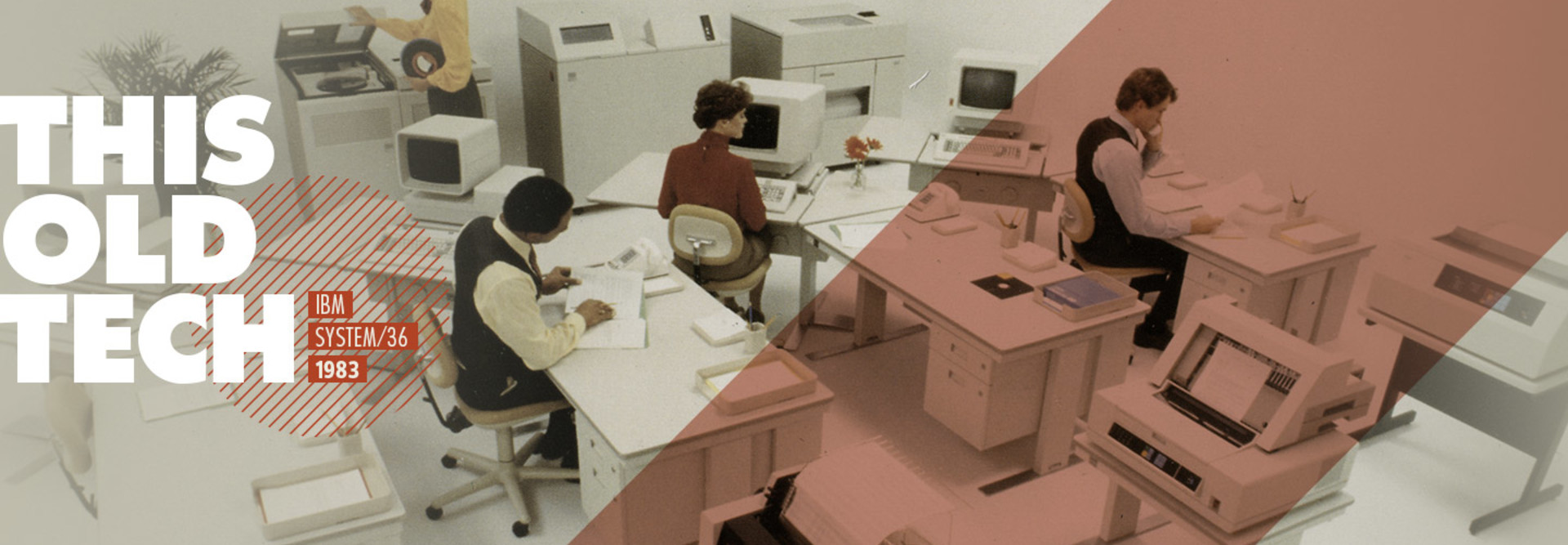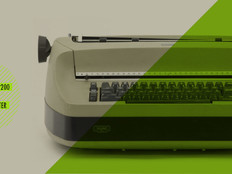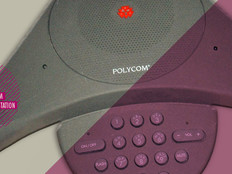IBM’s System/36 Increased Personal Computing Power for Small Businesses
At a time when it was becoming clear that small businesses needed more powerful computers than the Wang 2200 or the DEC VAX line, IBM came up with a solution.
The company’s System/36, which eventually evolved into an entire family of computers in the 1980s, became a popular and easy-to-use computer system in many offices.
Although it was supplanted in the mid-1990s and officially died out around 2000, the System/36 was a mainstay for small businesses looking for more computing horsepower than was available in many early personal computers.
SIGN UP: Get more news from the BizTech newsletter in your inbox every two weeks!
WHAT Is the IBM System/36?
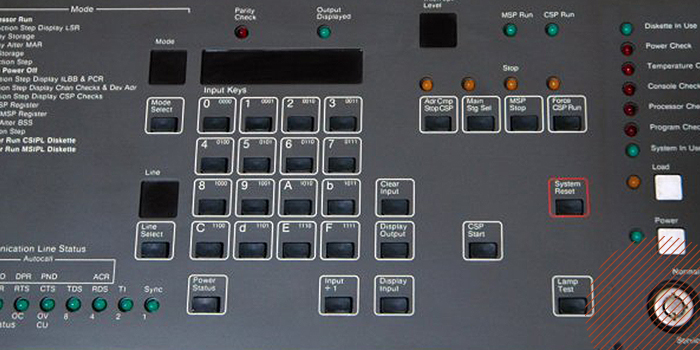
Photo credit: Mike Ross/Wikimedia Commons
The IBM System/36 was the multiuser, multitasking successor to the System/34. It first debuted as model number 5360, with 128 to 1,024 kilobytes of memory, according to IBM. The system had processors that ran at 2 and 8 megahertz, faster than existing PCs. It was also massive, at around 700 pounds.
The System/36 was aimed directly at business users, and it performed well at tasks like database management, accounting and general business automation, the website Neurotica notes.
A 1984 sales video for the System/36 notes that it could be used by a variety of businesses, including a small radiologist’s office, later Atlanta Oncology Associates, that used it to set up easy billing reimbursements and reduce administrative time to focus on patients. The video also highlights how easy the system was to plug in and set up. The large engineering and construction firm Morrison-Knudsen also used the System/36 to manage databases at its headquarters and to run accounting, payroll and inventory systems at remote job sites. Web Seal, which manufactures gaskets, used the System/36 to process invoices faster and increase revenue.
WHEN When Was the IBM System/36 Introduced?
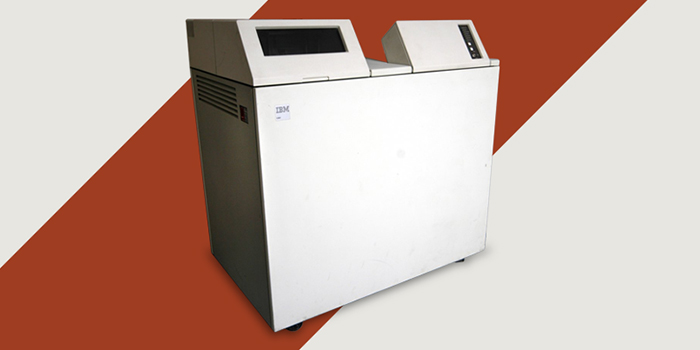
The IBM System/36 5360. Photo credit: Mike Ross/Wikimedia Commons
IBM notes that it announced its System/36 on May 16, 1983, to combine “data processing, word processing, business color graphics and office management functions in a low-cost, easy-to-use computer for first-time and experienced users.” According to an October 1986 issue of Computerworld, the machine cost anywhere between $40,000 and $100,000.
In 1984, IBM released the System/36 model 5362, which was smaller, cheaper and aimed at the lower end of the business market.
In June of 1985, the company released the System/36 5364, also called the System 36/PC (starting at $5,995), which combined personal productivity tasks and business applications.
A July 1985 Computerworld ad noted that any of the System/36 models “can be a standalone computer for a small company, a departmental system, or part of a distributed network for a larger company.” The system supported more than 3,000 applications (including text processing, calendaring and scheduling, and message and mail handling). It also allowed users to connect PCs to mainframes.
In October 1987, IBM debuted the System/36 5363 to replace the 5364, which had not sold well. The company positioned the new model as a smaller, faster and more manageable computer system, designed for small businesses and departments at larger companies, according to a report in The New York Times.
The 5363 could have its memory expanded to 210 megabytes, a 62 percent increase over the maximum storage capacity of the 5364. “Users have complained that the model 5364 requires a personal computer to act as the gateway to the network on which the System/36 computer resides,” the Times reported. “In its new model 5363, I.B.M. said it has eliminated the need for a personal computer and placed the external communications and network functions directly inside the new machine.”
WHY Did the IBM System/36 Die Off?
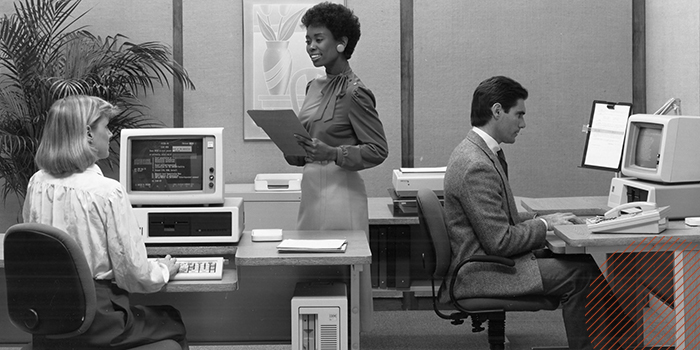
Photo credit: IBM
As with many PCs of the 1980s, the System/36 line was replaced by newer and more powerful machines. In the System/36’s case, IBM’s own Application System/400 line was the newer model and could support newer software.
By the end of 1992, according to IBM, the company had shipped 200,000 AS/400 computers while 300,000 units of the System/36 and its successor, System/38, remained in service.
IBM reckons that by 1994, “the System/36 had been effectively succeeded by the IBM AS/400 midrange computer family, and the company was advising customers to trade in their System/36s and System/38s to receive credit toward the purchase of an AS/400 9404 Model 135 or Model 140.”
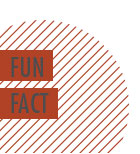
One of the System/36’s more interesting optional features was an offline storage mechanism (on the 5360 model) that used “magazines,” or boxes of eight-inch floppy disks that the machine could load and eject in a nonsequential fashion, according to LLC Books and Neurotica.
"This Old Tech" is an ongoing series about technologies of the past that had an impact. Have an idea for a technology we should feature? Please let us know in the comments!



